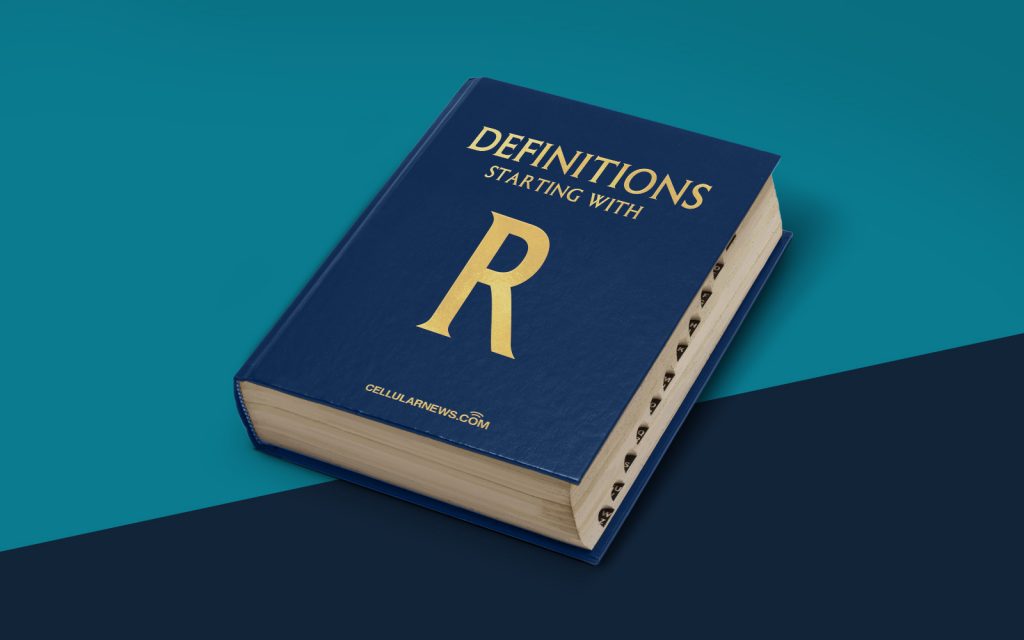
What is Rights Expression Language (REL)?
Greetings, fellow digital enthusiasts! Today, we delve into the fascinating world of digital rights management and explore the concept of Rights Expression Language (REL). So, get ready to unravel the mysteries of this powerful and essential tool for content creators and distributors everywhere!
Key Takeaways:
- Rights Expression Language (REL) is a digital language used to communicate and enforce usage rights for digital content.
- REL provides a standardized framework that enables content owners to express their desired usage policies and licensing terms.
Now that we have our key takeaways in mind, let’s dive deeper into the intricacies of Rights Expression Language.
Defining Rights Expression Language (REL)
Rights Expression Language (REL) is a syntax or language used for encoding and expressing the rights associated with digital content. It provides a standardized framework that allows content owners, distributors, and consumers to communicate and enforce usage rights. Just like any other language, REL has its own vocabulary, grammar, and syntax that enable individuals and systems to understand and interpret the rights specified for a particular piece of digital content.
How Does REL Work?
REL is designed to be flexible and adaptable, allowing for the expression of a wide range of usage rights and permissions. Content owners can use REL to define the conditions under which their digital content can be accessed, used, modified, or distributed. These conditions may include restrictions on copying, printing, sharing, or even the length of time a user can access the content. By encoding these rights into a machine-readable form, REL enables automated systems to enforce and manage these rights throughout the content’s lifecycle.
Benefits of Using REL
One of the primary benefits of utilizing REL is the ability to clearly and unambiguously define the usage rights associated with digital content. This clarity helps content creators and distributors communicate their desired licensing terms to potential users, reducing potential conflicts and misunderstandings. Additionally, REL enables content owners to granularly control the permissions and conditions under which their content is accessed, empowering them to protect their intellectual property and ensure fair usage.
Applications of REL
REL finds extensive application in various domains, including e-commerce, digital publishing, online gaming, and streaming services. In the e-commerce industry, REL can be utilized to differentiate between different content licensing options, such as single-use, multiple-use, or subscription-based models. In digital publishing, REL helps protect copyrighted works by specifying the permitted use of digital books, articles, or other written materials. Online gaming and streaming platforms also employ REL to manage in-game purchases and determine the authorized use of multimedia content.
Conclusion
Rights Expression Language (REL) is an integral part of the digital rights management ecosystem. By providing a standardized framework for expressing usage rights, REL enables content creators and distributors to establish and enforce licensing terms for their digital content. Its flexibility and adaptability make it a powerful tool in various industries, ensuring fair usage, protecting intellectual property, and fostering a trusted digital environment.
So, the next time you enjoy digital content while staying within the bounds of the specified usage rights, take a moment to appreciate the magic of Rights Expression Language (REL) behind the scenes!
